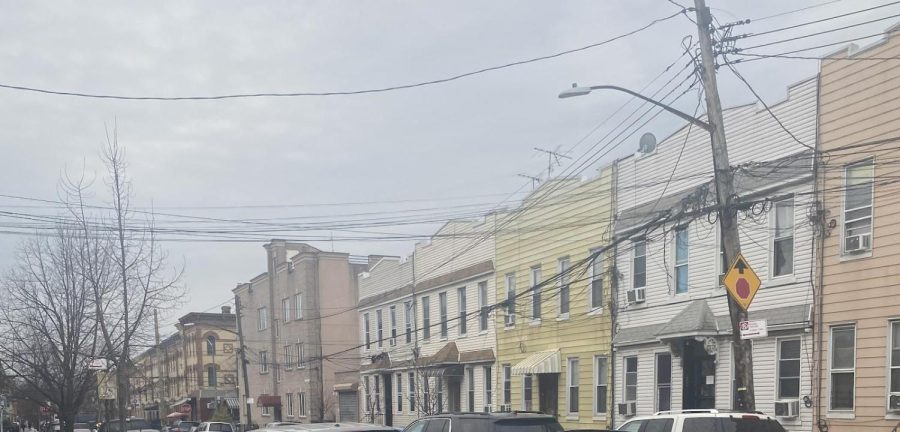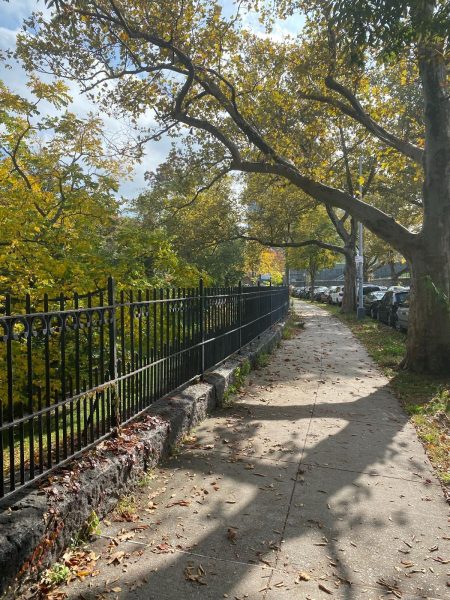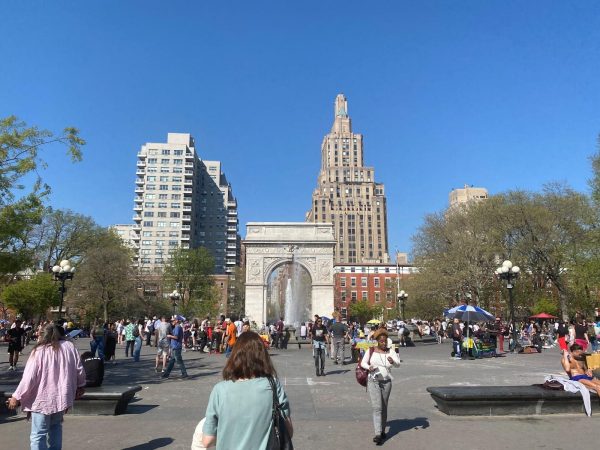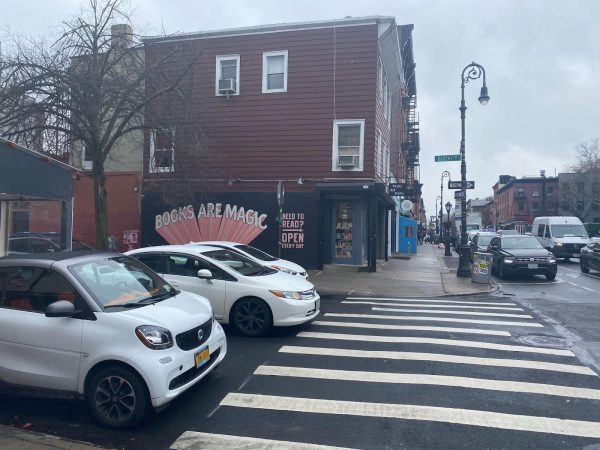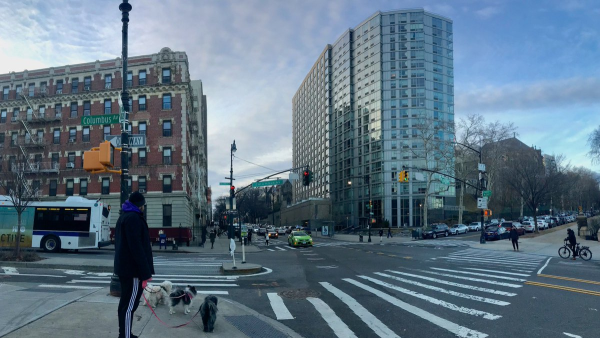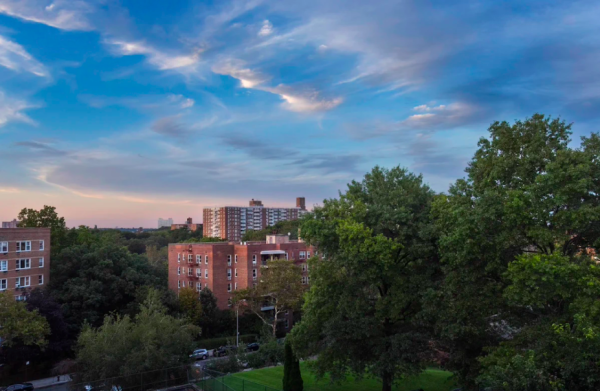Spend a Sunday afternoon in Ridgewood, Queens
Ridgewood, a neighborhood in central Queens, offers a quiet refuge for good food, books and people. (Courtesy of Caleb Stine for The Fordham Ram)
There’s nothing like walking out of a subway stop and into a neighborhood you’ve never been to before. Nothing.
A 70-minute D and M train journey on a Thursday afternoon without classes was worth where it led me, and it sure beats doing laundry in Loschert Hall.
As I left the familiar patches of Fordham Road, I took the D train downtown past familiar stops and ended up in Ridgewood on a mild afternoon with gray skies and light rain. When I got there, I was reminded of the true value and beauty of seeing a new slice of New York pie.
Before last week, I had been out to northern Queens on occasion, but had always been eager to venture south of Jackson Heights and Astoria. I had been curious as to what that pocket of central Queens looked and felt like. I’m happy to be curious no more.
Lying just east of Bushwick in Brooklyn and acting effectively as the southwesternmost point of Queens, Ridgewood exudes a comforting lack of the city’s pretentiousness and commotion that doesn’t necessarily have one wanting to go-go-go, but to just be.
Originally settled by Native Americans in the early 1600s, Ridgewood remained mostly rural until the late 1800s, despite nearby Bushwick being fully developed. However, once the Queensboro Bridge opened in 1909, connecting Queens to Manhattan, development quickly accelerated. In the first two decades of the 20th century, over 5,000 buildings were built in Ridgewood.
The neighborhood saw an influx of German settlers (as did much of central Queens) during the 19th century, and today, Ridgewood continues to be an enclave of eastern Europeans and Ecuadorians.
If you want to get a good read of a neighborhood, a good place to start is always a local bookstore. Topo’s Bookstore Cafe on the corner of Putnam and Woodward has a recognizably Ridgewood vibe. With minimal decor and only one staff member with low-fi tunes and coffee on tap near the register, the quaint atmosphere greeted the few customers that walked in. Topo’s is almost never crowded and is equipped with a small patio for bookworms to relax and indulge.
“The Bear” and “Shameless” actor Jeremy Allen White calls this neighborhood home and famously endorsed a local restaurant, Rolo’s, on Onderdonk Ave. A hip twist on the American classics of wood-fired chicken and steak is fired up on an extensive menu, which also includes ethnic dishes such as fluke ceviche and mortadella.
For those without the time, money or pallet for Rolo’s, Mediterranean fare at Pita Cafe and Grill on Fresh Pond Road has lamb that will melt in your mouth. Its menu also features Mediterranean staples such as hummus and babaganoush for modest prices in a family-friendly environment.
While I would be the first to tell you that Rosa’s Pizza on Fresh Pond and Metropolitan Ave is not even close to the best slice in the city, I can vouch for its atmosphere and authenticity.
While originally a working-class neighborhood, Ridgewood has experienced rapid gentrification and the cultural and demographic shifts that come with such a process. You would never know this from inside Rosa’s. Spanish and European languages outnumbered English speakers by a wide margin when I had my made-to-order white slices. The restaurant felt both excitingly foreign and strangely familiar in a way that only such a neighborhood staple could.
Ridgewood isn’t a force of nature. If you’re looking for an adrenaline boost or a crazy night out, for your own sake, look elsewhere. Ridgewood is a Sunday afternoon, not a Friday night. It’s quiet enough to hear birds chirping on side streets, striking enough to admire the winding row houses and memorable enough to find yourself coming back, again and again.

Caleb Stine is a senior from Durham, N.C., studying journalism. After transferring his sophomore year to Fordham, he joined the Ram as a copy editor of...



































































































































































































